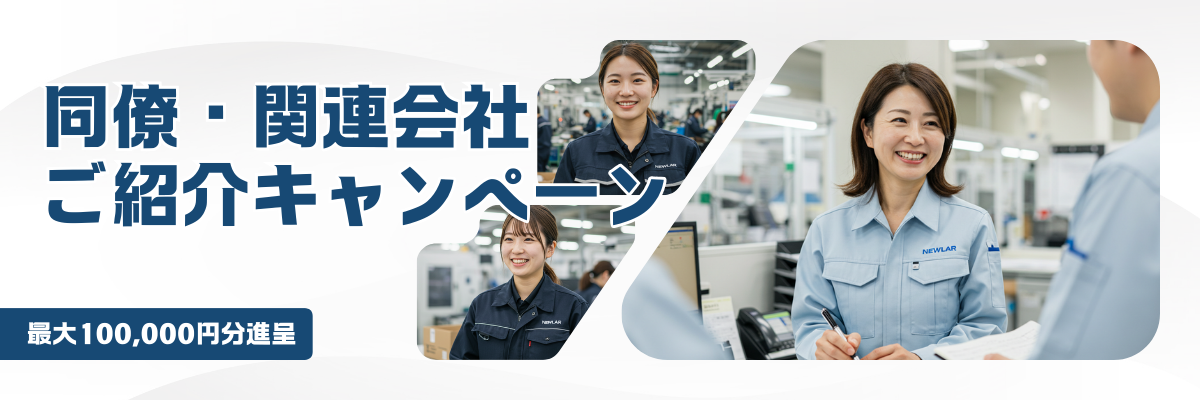- お役立ち記事
- Adhesion improvement technology in plating and troubleshooting for plating defects

Adhesion improvement technology in plating and troubleshooting for plating defects

目次
Understanding Adhesion in Plating
Adhesion in plating refers to the ability of the plated layer to stick firmly to the substrate.
It’s crucial for ensuring a durable and high-quality finish.
Poor adhesion can lead to peeling, flaking, and ultimately, product failure.
To achieve optimal adhesion, several factors must be considered, including the properties of the substrate, the type of plating used, and the preparation processes involved.
Importance of Proper Surface Preparation
Surface preparation is the foundation of successful plating adhesion.
Before the plating process begins, the substrate must be thoroughly cleaned.
Any contamination, such as grease, oil, or oxide films, can interfere with adhesion.
Methods like degreasing, pickling, and sandblasting are commonly used to prepare the surface.
Chemical treatments can also be employed to enhance adhesion.
These treatments involve applying specialized solutions that actively react with the substrate.
This reaction creates a surface conducive to strong bonding with the plating material.
Proper surface preparation can significantly reduce defects and improve the longevity of the plated item.
Types of Plating Technologies
Various plating technologies can be employed to enhance adhesion.
Each has its own advantages and applications:
Electroplating
Electroplating is a widely used process where metal ions are deposited onto the substrate using an electric current.
This method is effective but requires meticulous control of factors like current density, temperature, and plating time.
Adjusting these variables can improve adhesion strength.
Electroless Plating
Unlike electroplating, electroless plating doesn’t rely on electrical currents.
Instead, it uses chemical reactions to deposit the plating material onto the substrate.
This technique offers uniform thickness and excellent adhesion even on complex geometries.
Hot-Dip Galvanizing
In hot-dip galvanizing, the substrate is immersed in molten zinc.
This method provides exceptional corrosion resistance and good adhesion.
It’s primarily used for larger objects and construction materials.
Troubleshooting Common Plating Defects
Even with careful preparation and application, plating defects can occur.
Identifying and troubleshooting these issues is essential for maintaining quality control.
Poor Adhesion
Poor adhesion remains a frequent defect in plating.
It’s often a result of inadequate surface preparation.
Ensuring thorough cleaning and proper chemical treatment can rectify this.
Sometimes, adjusting the plating bath composition and parameters also helps.
Pitting and Pinholes
Pitting and pinholes are tiny imperfections that compromise the integrity of the plated surface.
These can result from contamination in the plating bath or excessive hydrogen gas formation.
Careful monitoring of bath purity and optimizing plating parameters can reduce these defects.
Peeling and Flaking
Peeling and flaking are severe defects that can lead to complete plating failure.
They are usually caused by poor adhesion or excessive stress in the plated layer.
Examine the compatibility between the substrate and plating material.
Adjusting the plating process, like reducing thickness or changing stress levels, can mitigate these issues.
Discoloration and Streaking
Discoloration and streaking affect the visual quality of the plated surface.
They can result from uneven current distribution, contamination, or improper rinsing.
Ensuring uniform current flow and adequate rinsing, especially in complex geometries, is crucial to avoid these defects.
Innovative Techniques to Enhance Adhesion
Advancements in technology have led to innovative methods aimed at improving adhesion in plating processes.
Nanostructuring
Nanostructuring involves modifying the substrate surface at a nanoscale level.
This process creates a texture that significantly enhances bonding strength between the substrate and plating material.
Nanostructuring is particularly useful for challenging materials like plastics and ceramics.
Use of Adhesion Promoters
Adhesion promoters are chemical agents applied to the substrate to strengthen the bond between the substrate and the plating.
These agents work by creating a more interactive surface that facilitates chemical bonding.
Hybrid Plating Techniques
Hybrid plating techniques combine traditional methods with modern innovations.
For instance, combining mechanical abrasion with chemical treatments can maximize adhesion on stubborn substrates.
Conclusion: Achieving Superior Plating Adhesion
Improving adhesion in plating is both a science and an art, requiring careful consideration of numerous variables.
From meticulous surface preparation to choosing the right plating technique and troubleshooting defects, each step plays a crucial role.
Embracing new technologies and innovations can lead to more effective and durable plated products.
By understanding the complexities involved and continuously refining processes, manufacturers can consistently achieve superior adhesion in plating, ensuring the longevity and quality of their products.
 資料ダウンロード
資料ダウンロード
QCD調達購買管理クラウド「newji」は、調達購買部門で必要なQCD管理全てを備えた、現場特化型兼クラウド型の今世紀最高の購買管理システムとなります。
 ユーザー登録
ユーザー登録
調達購買業務の効率化だけでなく、システムを導入することで、コスト削減や製品・資材のステータス可視化のほか、属人化していた購買情報の共有化による内部不正防止や統制にも役立ちます。
 NEWJI DX
NEWJI DX
製造業に特化したデジタルトランスフォーメーション(DX)の実現を目指す請負開発型のコンサルティングサービスです。AI、iPaaS、および先端の技術を駆使して、製造プロセスの効率化、業務効率化、チームワーク強化、コスト削減、品質向上を実現します。このサービスは、製造業の課題を深く理解し、それに対する最適なデジタルソリューションを提供することで、企業が持続的な成長とイノベーションを達成できるようサポートします。
 オンライン講座
オンライン講座
製造業、主に購買・調達部門にお勤めの方々に向けた情報を配信しております。
新任の方やベテランの方、管理職を対象とした幅広いコンテンツをご用意しております。
 お問い合わせ
お問い合わせ
コストダウンが利益に直結する術だと理解していても、なかなか前に進めることができない状況。そんな時は、newjiのコストダウン自動化機能で大きく利益貢献しよう!
(Β版非公開)


